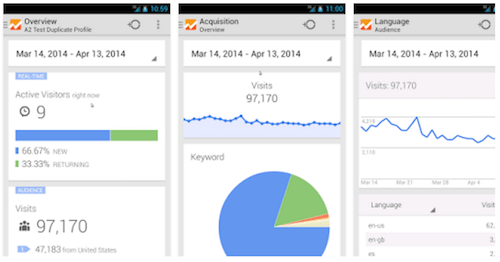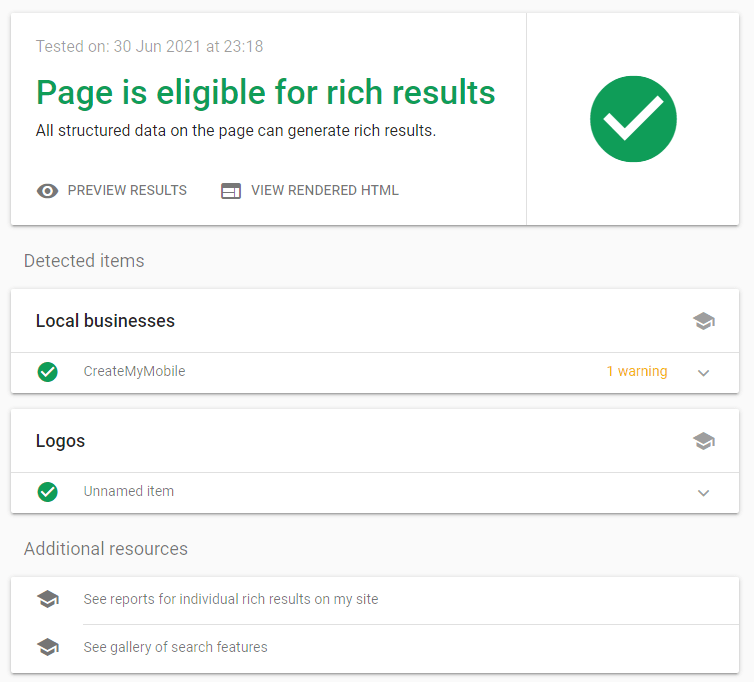Consider This Best Top 10 Critical Google Ranking Factors
Top 10 Critical Google Ranking Factors To Consider
Did you know that there are more than 200 Google ranking factors that go into determining which websites land at the top of SERPs (that’s ‘search engine results pages’ to you who are new to the SEO world)? If you really want to get into all 200 Google ranking factors, you can do so; however, familiarizing yourself with all of the factors that are taken into account by the search giant’s algorithm is much less important than identifying which ones are the most important for search success.
SEO requirements continue to change and evolve over time. There is no one-size-fits-all solution to rank your website on Google. If you want your website’s search engine results page ranking to go from mediocre to the top of the list, you’ll want to go through this updated list of ranking factors to consider through 2020 and beyond.
Not all Google ranking factors are equal. While some are absolutely necessary to implement, others, though valuable, can be considered a lower priority in the broad landscape of search engine optimization.
Google prefers search engine and end user optimized sites meaning that your content is so good that it both ranks highly on Google and offers a great experience to users. The more optimized a website is, the more leads it can generate, sales it can complete, and traffic it can attract on a consistent basis. Without SEO, searchers will not be able to find your website, let alone explore it. So now that we have some background out of the way…
Here are the top ten most important Google ranking factors of 2020:
- Backlinks
- Schema
- A Secure Website
- Website Speed
- Keyword-Optimized Content
- User Experience
- Social Signals
- Image Optimization
- Consistent Business Listings (NAP)
- Domain Age
1. Backlinks
Backlinks are easily one of the most important and evergreen Google ranking factors of all time. The relationship between backlinks and organic traffic makes it more than worth the time and effort to incorporate them into your SEO strategy. The relevance and domain authority of a page can increase exponentially when it is linked to from a trusted URL.
Links from the most relevant and similar-minded pages, blogs and websites hold great value in the SEO world. Similarly, backlinks from strong or well-established websites have the additional benefit of driving organic traffic directly to your website as well.
Just think about it — would a link from Forbes.com or The New York Times result in some decent traffic to a web page? You bet it would! These are incredibly high ranking domains that carry a lot of value on the SEO front and readers would see your site as a trustworthy source. It’s fairly obvious why Google finds backlinks to be such an effective search ranking factor.
2. Schema
Schema markup enables robots (like Google’s) to crawl your website more easily and understand the content on the page in a language that makes sense to them. Schema does this by giving a structured way for robots/crawlers to define the types of information present on the page.
3. A Secure Website
Google wants to surface websites that match the needs of the searcher and offer a secure experience. In 2014, Google announced that HTTPS encryption was included as a ranking factor in its algorithm and the search giant has only doubled-down since then.
4. Website Speed
PageSpeed is another evergreen ranking factor in the world of SEO. The aim of Google in measuring this is to improve the overall user experience.
In July 2018, Google announced an algorithm update that focused on how quickly website pages load, particularly on mobile devices. This made clear that if the website does not load quickly, it could lose ground to competing sites.
Google had good reason for this update as the majority of people today use their mobile devices while on-the-go for literally everything. If your site fails to load at an acceptable speed, users will simply head over to a competitor’s site to find the information they are looking for.
In fact, according to one statistic, “users spend 70% more time, and have 60% more page views, on websites that load quickly.”
If you are dedicated to increasing your site’s speed, the best option is to use the Google Search Console to diagnose any issues. There is also an entire section dedicated to tips and techniques you can use to improve your site’s performance, including pagespeed.
5. Keyword-Optimized Content
Why is original optimized content such an important factor for search ranking? Well, in short, your website can have the best layout and design in the world, but if it doesn’t have good content that users are looking for, it’s not worth much to searchers or Google.
Google crawlers rely on keywords to understand what a website has to offer. Short tail keywords (search terms of one to two words) and long tail keywords (search terms of three or more words) are what searchers use when looking for information to answer a question or meet some other need. Targeted keywords and phrases increase a site’s ranking by providing the search engine with a good indicator of what the page is about.
This is not to say you that any form of keyword packing is good and acceptable — it isn’t. For example, you should avoid using any expired or duplicate content. For rankings to be as close to the top as possible, fresh and compelling content works best. This means you will have to invest some time (and maybe some money) into content research and crafting unique and engaging pieces that people will find useful and Google will love.
6. User Experience
What exactly factors into Google’s ranking algorithm can be a bit of a controversy. For example, here are some of the top signals claimed by SEOs that Google looks for when crawling web pages to measure user experience.
- Click-through rate (CTR) — CTR is the number of people (in percentile) who click to open your site after it appears on a Google search results page.
- Bounce rate — The bounce rate is the number of people who click through to your website but exit immediately from the page either because they didn’t find what they were looking for or the page was too confusing for them.
- Dwell time — This is the time your visitors spend browsing or taking a specific action on your website. Whether they are simply navigating through your website or just reading your blog posts, all of it is considered to be dwell time.
Additionally, we know that Google will soon start to include page experience as a Google ranking factor sometime in 2021. For a full breakdown on these new Core Web Vital metrics, check out our blog post about Google’s latest UX SEO initiative.
7. Social Signals
Having a significant presence on social media channels is another way to rank higher on Google search results. A study of 23 million shares determined that there is a definitive link between social media activity and Google rankings.
While Google does not count backlinks from social media pages in its ranking algorithm, it is still a very important ranking factor to consider.
Why is this?
A1 social media presence on Twitter, Instagram, Facebook, YouTube, LinkedIn or a combination of these makes it easy to share compelling content among target audiences and amplify your chances of driving heavy organic traffic. The overall surge of traffic to a specific site URL can help increase its SEO juice.
8. Image Optimization
A picture is really worth a thousand words. Optimized visual content is a very important factor that leads to higher search rankings on Google. Images and videos send signals denoting relevancy through their description, caption, and title.
How would you optimize an image or video? Well, some website builders such as Duda do this automatically and we are glad that
Create My Mobile as a company partnered with them. If you’re building a site from scratch, however, you will need to ensure images are in the right file format and save for the web, which is typically at a lower resolution quality. Also, you should compress videos so the file size is small but the quality is still high. Use alt text on images and short titles of videos.
9. Consistent Business Listings (NAP)
Business listings are also referred to as relevant citations. Search engines rank websites that they believe have expertise, are authoritative and trustworthy (an acronym known as EAT describes this). The more established and successful your brand appears online, the more visibility your website is likely to receive. Thus, having a business listing of some kind with a consistent NAP (name, address, phone number) is an important factor for Google rankings.
10. Domain Age
This final factor we will consider here is not something that you can control but it plays a great role in improving your site’s Google rank. Domain age in general is the age of your website, how long your website has been in existence.
Even though Google has been rather ambiguous about this specific factor, some people suggest that your domain’s age plays a crucial role in ranking your website. It also plays a role in requesting backlinks as well.
Conclusions
Now that you know the most important Google ranking factors of 2020, it is a good idea to think about which areas your website is doing well in and where there is room for improvement and optimization.
One thing to keep in mind, a complete overhaul of your search ranking will not happen overnight. Improving search results rankings takes time and consistency. There are billions of websites online and competition can be stiff. Focusing on the most critical Google ranking factors is key to moving a website higher in SERPs.





















































































